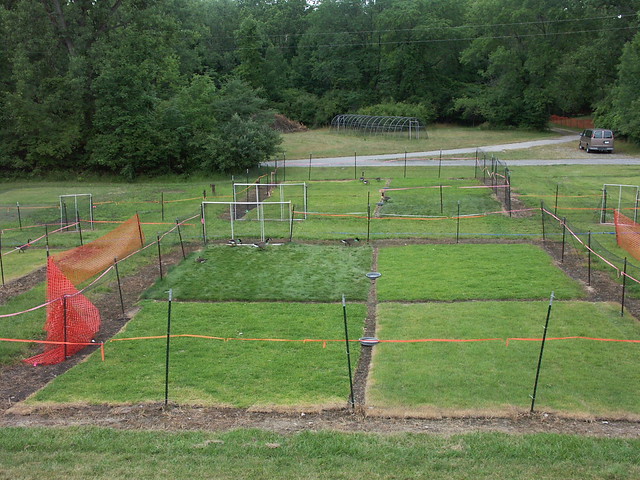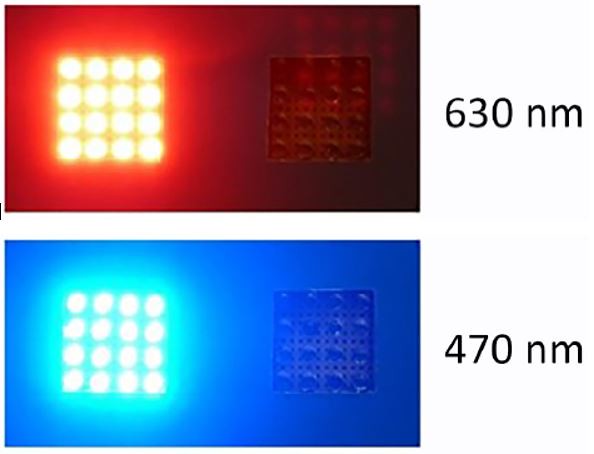On January 15, 2009, just six minutes after takeoff, air traffic controllers in Westbury, New York, received the following message from Captain Chesley “Sully” Sullenberger of U.S. Airways Flight 1549:
“Mayday mayday mayday…this is Cactus 1549…Hit birds…We’ve lost thrust on both engines…We’re turning back towards LaGuardia…We can’t do it…We’re gonna be in the Hudson…This is the Captain brace for impact.”
Thankfully, all 150 passengers and 5 crew members survived what’s become known as the “Miracle on the Hudson.” The crew was lauded as heroes and the National Transportation Safety Board described their efforts as the “most successful ditching in aviation history.” It also is a sobering reminder of what can happen when planes and wildlife collide.
Wildlife collisions with aircraft (also known as wildlife strikes) cost U.S. civil and military aviation well over $200 million annually and pose a serious safety hazard. As aircraft become larger, faster, and quieter, airports grow, and air travel expands to new locations, research to reduce wildlife hazards becomes even more critical. Since 2009, researchers located at the USDA-APHIS Wildlife Services’ National Wildlife Research Center have made significant discoveries directly impacting how wildlife hazards are managed at airports. Their research is primarily funded by the Federal Aviation Administration’s Office of Airports and Airport Technology Research and Development Branch. Below are just a few of their accomplishments:

WS scientists have studied vegetation types and vegetation management practices to identify strategies for making areas on and near airports less attractive to wildlife. For instance, scientists have identified several commercially available tall fescue varieties, including Titan LTD, 2nd Millennium, and Crossfire II, which grow successfully in airport environments, but are not a preferred food source for geese. These and other land covers, such as switchgrass, explored by researchers may be planted at airports to discourage wildlife use.

Avian radar systems have the potential to track bird activities on and near airports during the day and night--providing real-time estimates of bird locations, altitude and speed which could warn pilots and ground personnel of potential wildlife hazards. WS evaluations of the technology suggest they may be useful for monitoring bird flock activity at airports, but less so for monitoring single, large birds, such as raptors.

WS research has shown the capture and movement (translocation) of live birds, such as red-tailed hawks, from airports is more likely to be successful when release sites are more than 50 miles from the airport, the birds are generally younger than 1 year old, and the birds are moved during the non-breeding season.

Because birds see differently than people, changes to aircraft lighting systems have been proposed as a way to make birds avoid aircraft. Collaborative studies between WS and Purdue University scientists have shown one bird species avoids red (630 nm) and blue (470 nm) LED lights with high chromatic contrast versus other light wavelengths.

WS scientists have conducted numerous studies to identify the wildlife species of most risk to aviation which helps airport managers target management methods and strategies. Of the 11,364 bird strike records and 79 bird species studied, red-tailed hawks, Canada geese, turkey vultures, pigeons, and mourning doves pose the greatest risk (i.e., frequent and damaging collisions) to aircraft in the United States. Mammal species considered most hazardous to aircraft included mule deer, white-tailed deer, and domestic dogs. With this information, airports can modify the habitat or use wildlife management strategies that target these animals specifically.
WS researchers are dedicated to protecting the flying public, minimizing economic losses to the aviation industry, and preventing wildlife losses by reducing wildlife hazards at and near airports. To learn more about WS’ aviation research efforts, please visit the National Wildlife Research Center’s aviation project webpage.



